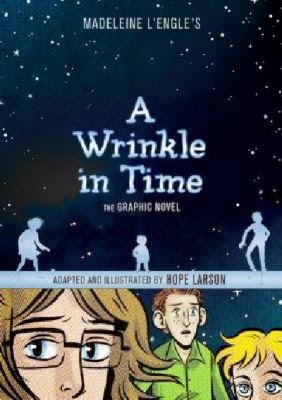Angleberger, T. (2011). Horton Halfpott, or, The fiendish mystery of Smugwick Manor, or, The loosening of M'Lady Luggertuck's corset. New York: Amulet Books.
This book is a witty look at life in the Smugwick manor. One event, the loosening of M'Lady Luggertuck's corset, sets off a string of unprecedented events. The slight loosening of the corset allows everyone in the house to relax slightly. It allows M'Lady to accept a guest and agree to host a ball and which in turn causes the Lump, the family's priceless jewel, to be stolen.
Horton Halfpott, the kitchen boy, gets mixed into this silly series of events and in the end helps solve the mystery with his friends Bump, Blight and Blemish. It turns out that M'Lady's nasty and spoiled son stole the Lump to pay kidnappers to kidnap the girl that his cousin desires. In the end, all is set right as the son ends up in the bog, the jewel is found worthless, Halfpott is taken away from Smugwick Manor, and the corset is tightened.
This book was comical, light and easy to read. It would be a great read aloud or is an easy enough read that it would be good for reluctant readers in the middle grades. I loved the voice in this book. Tom Angleberger uses the rare 2nd person point of view to address the reader through the story telling, which as the reader, I really like.





























